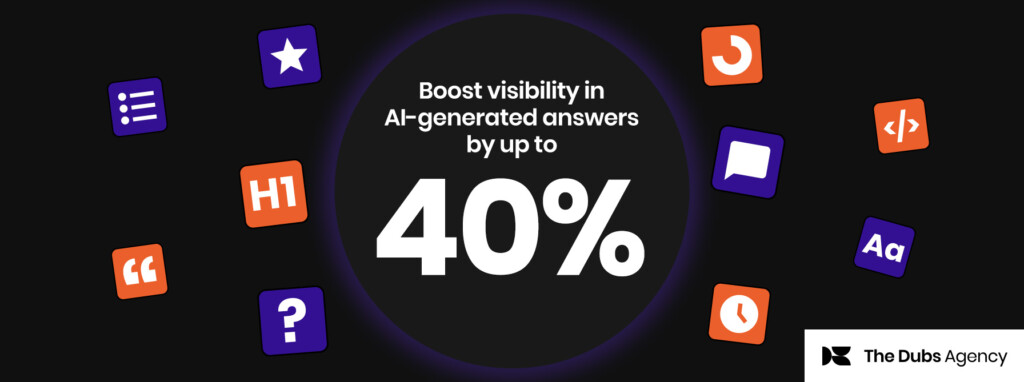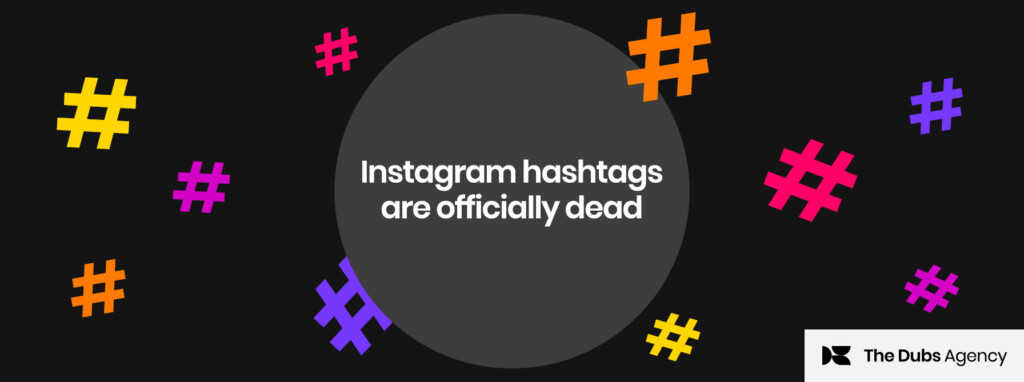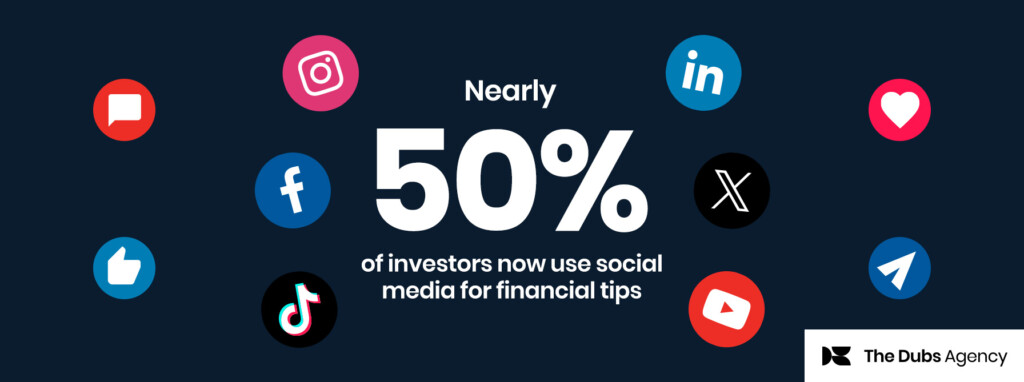“I see video as a megatrend, same order as mobile,” commented Facebook CEO Mark Zuckerberg on an earnings call early last year. He wasn’t wrong, with Animoto’s The State of Social Video: Marketing in a Video-First World white paper finding 89% of consumers watch video on social networks a few times a week or more, while 63% of consumers are watching video at least once a day. In fact, a third of online activity is now spent watching video.
And there’s better news for brands. Consumers aren’t just engaging with videos from their favourite rockstars, friends and family, or that hilarious cat that is forever grumpy (while we’re on that, there’s a lot finance brands can learn from Facebook videos of cats) – they are also watching commercial videos, with the Animoto report finding 67% of consumers watch videos from brands and businesses.
It’s clear video is gaining momentum, and fast. But with the last few months seeing video on social up the game even further – we’re talking Facebook Watch Party, Instagram’s IGTV, and YouTube’s “Go live” function – it can become a bit of a broadcast jungle out there. And that’s before you even start considering the options of live versus pre-recorded.
To help navigate the best fit for your brand, we take a look at the pros and cons when it comes to real-time versus pre-recorded live videos.
Live video streaming: The Pros
1. Higher engagement: It seems audiences are drawn to raw, real-time footage more than polished pre-recordings – with consumers found to be watching longer and engaging more with livestream videos. An example of this is on Facebook, with audiences found to be spending 3x as much time watching livestream videos and commenting 10x more during the broadcast, compared to traditional video uploads.
2. Authenticity: With live video, audiences are given the opportunity to receive authentic and relatable access to a brand. It’s not pre-scripted with multiple takes to get it perfectly right, it’s a place where the brand can open up and be more personable with its audience. Experian social media director, Mike Delgado hit the nail on the head when he told The Dubs: “Live video provides an opportunity to listen to your community and answer in real-time. It’s not about you, it’s about letting your audience tell you what’s on their mind and what’s important”.
Live video provides an opportunity to listen to your community and answer in real-time.
And audiences are responding, with Livestream statistics finding 79% believe live video provides a more authentic interaction with audiences, while 80% of respondents would prefer to watch a live video from a brand than read a blog, and 82% prefer branded live videos to social posts.
3. Less costly: While video quality is still important – Livestream found video quality is the most important factor for 67% of viewers when watching a Livestream broadcast – it’s still possible to run a live broadcast on very little budget. In fact, with the right backdrop and environment, you can run a live broadcast just by using your phone or computer. Now that’s pretty cost-effective when you think of the expenditure that can go into a pre-recorded video campaign. Lumen5 is a valuable tool finance marketers can use to make quality videos in minutes with the assistance of A.I. Along with your own live footage, Lumen5 provides access to a library of videos and visuals and uses A.I to recommend relevant footage that could be included, all of which can be pieced together to form a polished video using a simple drag and drop function.
4. Successful ROI: Video is driving brand engagement and sales, with Animoto finding 64% of consumers were influenced in their purchase decision after watching a marketing video on Facebook. Syndacast also found 52% of marketing professionals worldwide name live video as the type of content with the best ROI.
52% of marketing professionals worldwide name live video as the type of content with the best ROI.
5. Mobility: Live streaming can happen from anywhere at any time, there’s no requirement for studio space or recording equipment – meaning more opportunities for flexible footage that gives a unique perspective on the brand.
Live video streaming: The Cons
1. Unpredictable things can happen: When you’re live, unexpected things can happen – the building next door starts doing renovations, you have a coughing fit, the backdrop falls down – but this is all part of the risk and charm of being live. On one hand, it makes you appear more real and therefore more personable, but on the other, you may come across as unprofessional.
2. Going off script: You have a basic outline of the content you’re going to cover, but you find yourself going completely off script and diluting the brand messaging. Our tip would be to have a co-host or producer nearby who can help steer the video back on track.
3. Live videos aren’t suited to all brand messages: The key benefit of live videos is the ability to build an authentic connection with your audience. If you have a specific sales message you are wanting to deliver, this may be better suited to a pre-recorded video.
The content that works for live videos
Live videos are well-suited to cover a myriad of different topics and formats, and for finance brands in particular we recommend:
- Q&A with an industry influencer or internal expert
- An inside peek into a company event or launch
- Answering consumer questions – both pre-submitted and via live feedback
- Educational sessions to teach your audience about things like financial literacy, investment strategies, credit card comparisons etc
- A behind-the-scenes look into the company
Social media platforms for best outcomes
When it comes to the most popular live streaming platforms, the key players are YouTube, Facebook, Instagram, X, Musical.ly, Verizon, and Twitch. When choosing the best platform to host your live video, it’s important to consider the following:
- Where does your brand currently have an audience? If you have a huge Facebook following but only a small one on Instagram, it makes sense to host your video on the platform where you already have viewers.
- Who is your target audience? Think about which platforms attract which audiences, ie if you were looking to engage with a teen audience, then you would more likely host your video on YouTube, Instagram or Musical.ly as opposed to Facebook or X.
- Keep in mind the specific features of a platform. For example, Instagram Live disappears after 24 hours, while on YouTube it will be published to the channel for ongoing viewing.
5 best practice tips for live video streaming
- Promote your live broadcast on various platforms prior to the event so your audience knows when to tune in.
- Team up with a personality or influencer who has a proven audience in your desired platform to help spread your message further.
- Provide content that gives value to your audience through entertainment, interaction or a resonating message.
- 85% of Facebook videos are watched without sound, so have some material available to help support your messaging such as pre-designed signs.
- Encourage the audience to interact and then engage with their comments.
Final takeaways
There are both pros and cons when it comes to live video streaming versus pre-recorded videos, with both proving to be a marketer’s delight – Social Media Examiner found 60% of marketers currently use video in their marketing and 73% plan on increasing their use of video. With 100 million internet users watching online videos every day, now is the time to get involved. And with the statistics all pointing in favour of live video, our vote is no to play it safe.









